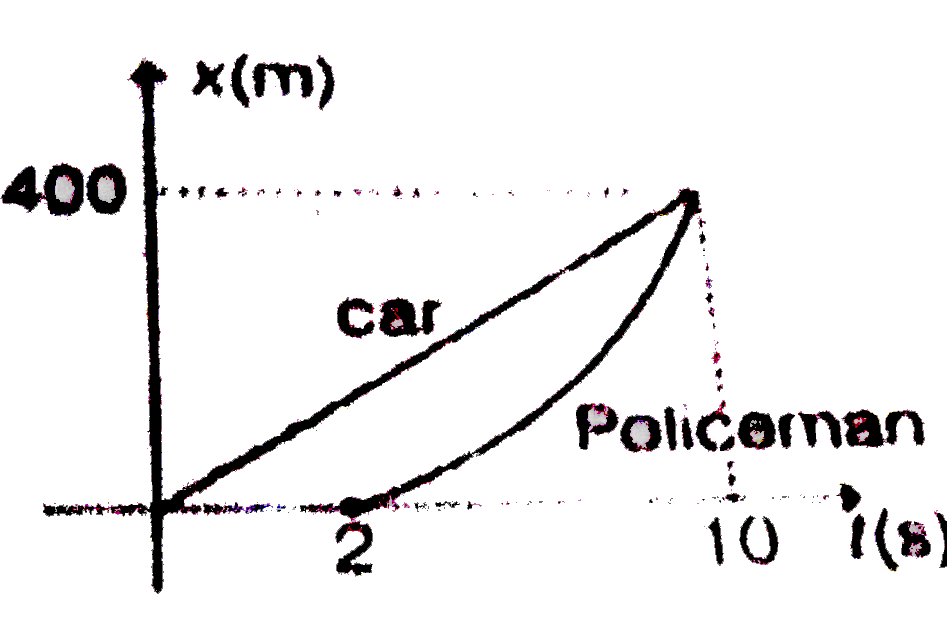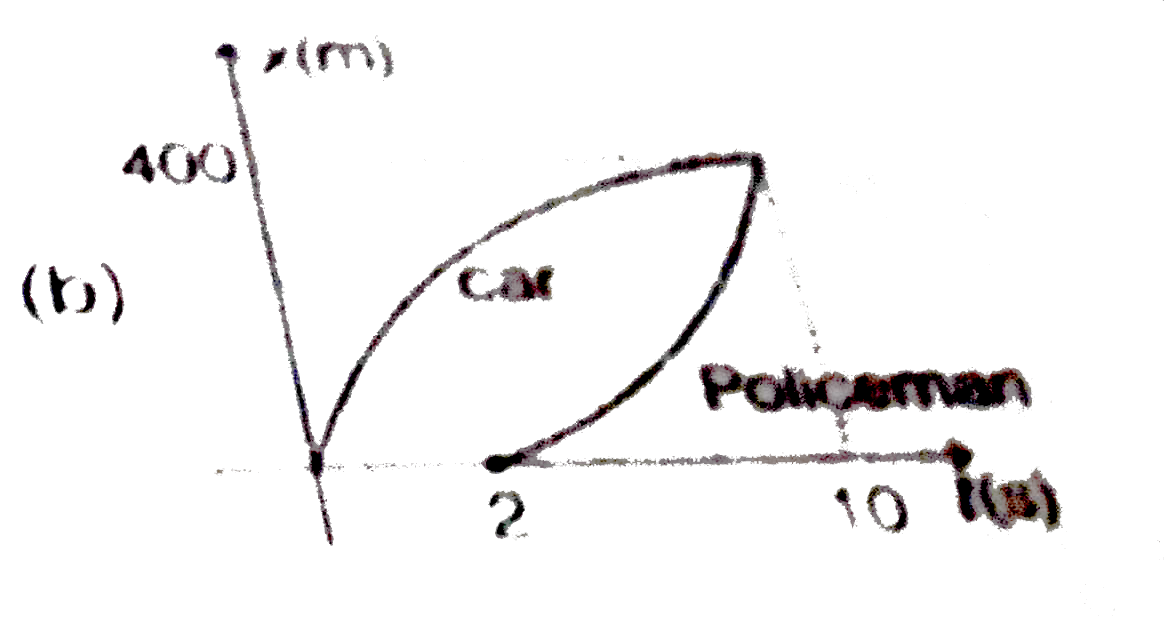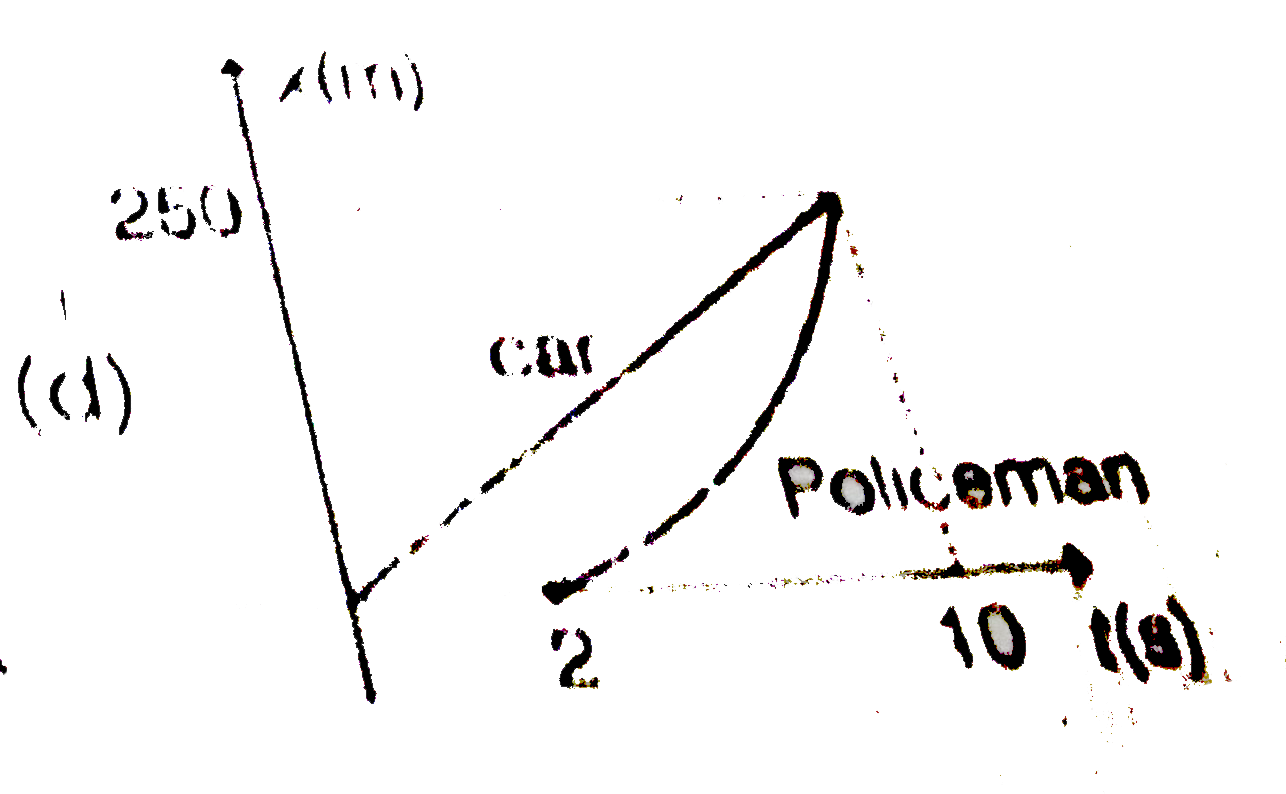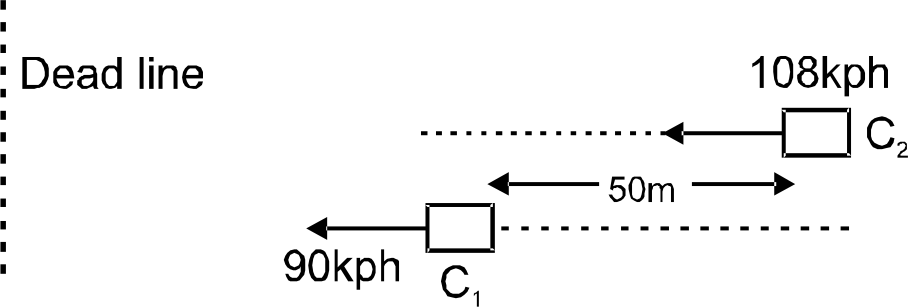Who patented the three-position traffic signal in 1923?
Garrett Morgan
JP.Knight
George Eastınan
Robert Adler
The correct Answer is:A
Step by step video, text & image solution for Who patented the three-position traffic signal in 1923? by General Knowledge experts to help you in doubts & scoring excellent marks in Class 14 exams.
Similar Questions
What are the tiny lights in traffic signals called and how do these operate?
View SolutionMeeta father was driving her to the school. At the traffice signal she noticed that each traffic light was made of many tiny lights instead of a signal bulb. When Meeta asked this question to her father's he explained the reason for this.
Answer the following question based on above information:
(i) What were the values displayed by Meeta and her father?
(ii) What answer did Meeta's father give?
(iii) What are the tiny light in traffice signal called and how do these operate?View Solution
Knowledge Check
- Question 1 - Select One
Who grants a patent?
ALocal bodyBLegal systemCState governmentDCentral government - Question 2 - Select One
A car breaks a traffic signal with a speed of 40m/s. After 2s, a policeman starts following him with a constant acceleration of 12.5m/s2. Taking the position of signal to be origin, correct position time graph would be
A B
B C
C D
D
- Question 3 - Select One
Its always advisable put your car into neutral gear when you stop at a traffic signal.
AIts always advisable puttingBIt's always advisable to putCNo improvementDIt is always advisable for putting
Why is red used as the stopping light at traffic signals ?
View SolutionThe figure shows an electromagnetic train signal. When it is switched on, the signal remains in the upward position, whereas when it is switched off, the signal remains in the downward position as shown in the figure.

Which part of the electromagnetic train signal is the electromagnet?View SolutionWhy is red used as the stopping light at traffic signals?
View SolutionHe is among the three first position holders.
View SolutionTwo cars C1&C2 are moving in parallel lanes in the same direction at speeds 90kph&108kph respectively (see figure). As the traffic signal turns red, both applies brake (assume constant retardation) simultaneously. If they both stop together at the dead line
 View Solution
View Solution

